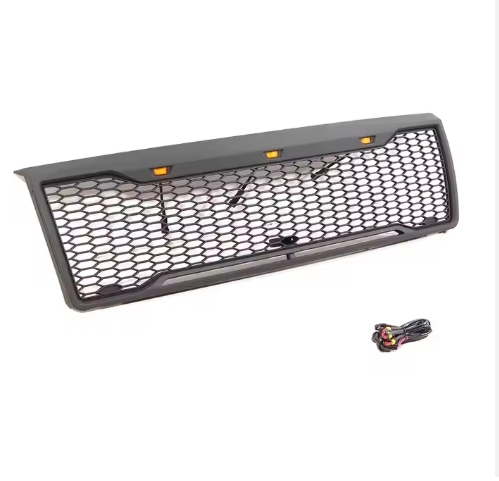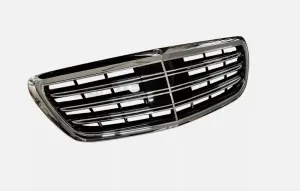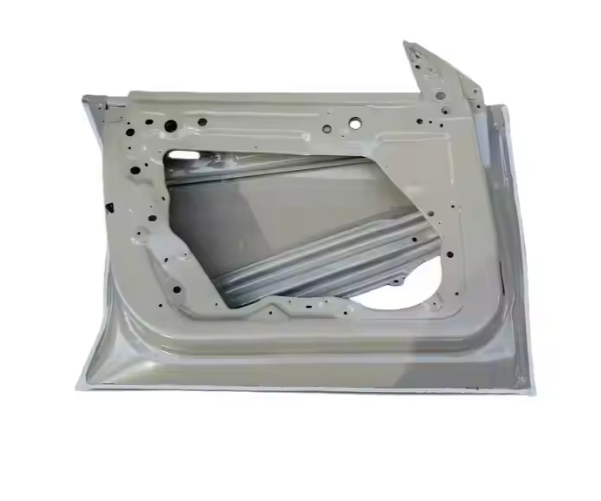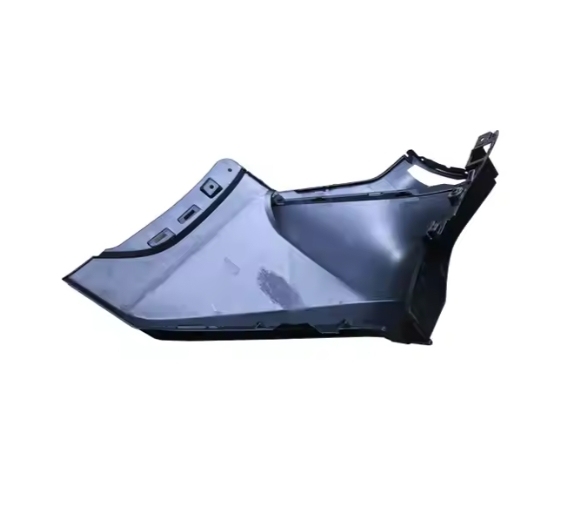The relatively rare “dual clutch” New Bora replaces Aisin gearbox oil. I wonder how effective it will be?
Braking mode: disc brake (front / rear)
Manufacturer: FAW-Volkswagen Motor Co., Ltd.
Reference price: about 130000 yuan
Fuel consumption: 6.5L/ 100 km
Engine type: 1.4L in-line four-cylinder turbocharged engine
Standard number of seats: 5
Driving mode: front wheel drive
Brand: FAW-Volkswagen
Trademark: BORA
Product model: FV7142
The Bora model codenamed FV7142 can be seen that the new Bora model with 1.4T engine has officially entered the stage of preparation. Prior to this, Volkswagen has carried 1.4T engines on Maiteng, Suiteng and Lang Yi respectively, and the market response is also relatively optimistic. Therefore, it is only natural to launch a 1.4T new Bora.
The 2011 new Bora has made some changes to the vehicle while maintaining the old design. Remove the chrome-plated decoration from the LOGO outer frame at the front grid, replace the wiper with a better boneless wiper, and remove the roof external antenna.
















Gearbox oil can basically be used in the market automatic gearbox, in fact, the design of each automatic gearbox has different technical requirements, even if the same type of gearbox is configured in different models, its torque, weight, speed, structure and so on will be different, so the original factory has its own designated special transmission oil. And different gearbox oil is one of the reasons that affect the shift quality.
The most fundamental difference is its friction system, HFM-ATF has more delicate oil molecules, as well as efficient shear resistance, in the semi-clutch state or in the moment of combination, the oil film acting on the surface of the friction material can play a very effective suspension state and skid, can cushion the powerful impact of the moment, so that the combination is smoother, the gear shift is smoother. At the same time, the delicate oil molecules greatly reduce the stuck valve phenomenon, making the valve body work more smoothly.
Gearbox oil is an oil product to keep the gear system clean, which can prolong the life of the transmission device, resist low temperature and effectively lubricate at low temperature, and reduce the loss of oil products under harsh operating conditions. According to the different structure of gearbox, gearbox oil is divided into automatic gearbox oil and manual gearbox oil.
Referred to as ATF (Automatic Transmission Fluid), is specially used for automatic transmission oil. Early automatic transmissions did not have special oil, but used engine oil instead. Due to the great differences in working conditions and technical requirements, the method of engine oil as automatic transmission oil was quickly eliminated. The special oil used for automatic gearbox today is not only the transmission oil of hydraulic torque converter, but also the lubricating oil of planetary gear structure and the hydraulic oil of shift device. The oil of automatic transmission is generally changed every 120000 kilometers under normal driving conditions and every 60, 000 kilometers under bad driving conditions.
Generally called gear oil, according to its quality level, the American Petroleum Institute divides automotive gear oil into five gears (GL-1 to GL-5). GL-1 to GL-3 have low performance requirements and are used for lubrication of spur and bevel gears under general loads, as well as gears such as gearboxes and steering gears. GL-4 is used for lubrication of automotive hypoid gear shafts and manual transmissions under high speed, low torque and low speed, high torque conditions. The GL-5 has the highest performance level and is used for lubrication of hypoid gear shafts and manual transmissions under high impact loads under harsh operating conditions. Gearbox gear oil is generally replaced every 2 years or 60,000 kilometers under normal driving conditions.
Under normal driving conditions, the oil temperature of the transmission is usually lower than 135 ° C. However, when the vehicle is overused, such as overloading the trailer, or when the vehicle is set to snow driving or off-road mode in the four-wheel drive mode, the vehicle is driving with excessive torque converter slipping, which may cause the transmission oil temperature to reach 135℃.
When the gearbox oil temperature reaches 135 ° C, the installed gearbox oil temperature overheating warning system will simultaneously display the “Oo135c” message (Note: “Oo” means “Oil Overheating”) and sound the bell to warn. The purpose of the early warning is to proactively remind the user to park the car, put on the neutral position, pull the handbrake and keep the engine at idle speed, so that the liquid circulation is in cooling mode to quickly cool down until the alarm signal is no longer displayed. This operation will avoid safety hazards caused by the continuous increase in oil temperature.
If the user fails to take timely parking action after receiving the warning, the transmission oil temperature overheating warning system will continue to issue an alarm, and at the same time, the lubrication performance of the transmission oil will weaken as the oil temperature increases. When the oil temperature reaches 143 ° C, the transmission oil is likely to lose its lubricating properties, which will cause internal components of the transmission to fail due to frictional overheating.
From 135 ° C when the warning is issued to 143 ° C when the gearbox oil or lubrication performance is lost, the time between the two will vary greatly depending on the driving conditions on the ground. Driving in the most extreme conditions has the shortest time. For example, if the vehicle is deep in the sand for a long time (20 minutes) and the wheels are turning slowly, the time between the time when the warning is issued and the oil temperature reaches 143 ° C is about 25 to 35 seconds. Once the user fails to take effective action in time, causing the gearbox oil temperature to soar and exceed 200 ° C, the gearbox oil will boil or even splash. However, when using the vehicle correctly, it is very difficult to reach the transmission oil temperature from 115 ° C to 135 ° C unless the vehicle is operated in violation of regulations, such as working in the engine red line area for a long time, and driving the vehicle incorrectly such as not using the transfer case correctly. It may cause the oil temperature to continue to rise to 143 ° C and cause an accident.
 April 1, 2024
April 1, 2024  March 27, 2024
March 27, 2024 
 March 27, 2024
March 27, 2024 










